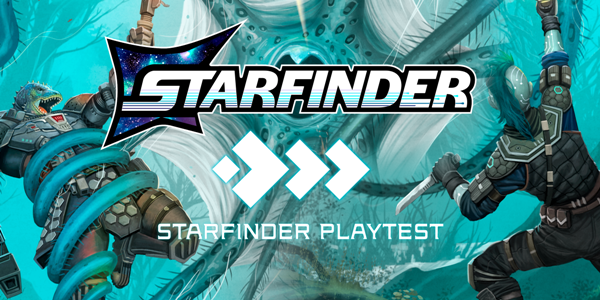Better Angels – How Does it Look? (Part 2)
By Aaron T. Huss
Welcome to Part 2 of the Featured Product series for Better Angels RPG, powered by the One-Roll Engine and published by Arc Dream Publishing. Part 2, How Does it Look, discusses the ins and outs of the core rulebook.
THE BOOK
Arc Dream Publishing is obviously familiar with layout and formatting of a book to make it look good. So it should be no surprise to anyone that the inside and outside of the book look fantastic. I like the artwork and it does a great job of representing the less-than-heroic atmosphere of Better Angels, especially the depiction of the demons. It should be noted that the PDF is full color. I don’t know if the printed version will be, but I have a feeling it will also be full color.
Better Angels does not depict any old style of comic book superheroics. It appears to take more influence from the past decade of comic books along with adding in their own flavor relating to how the characters gain their powers. And of course, as with many games out there, a character sheet is included.
All in all, the overall physical look of the book is very high quality and something I would expect from Arc Dream Publishing.
THE GUTS
Aside from how it looks, what does Better Angels do to embrace its demon-powered super-villains? A lot! For starters, the One-Roll Engine presented therein is a system of balancing between good and evil. On one side, you have the traits of a demon, represented by the evil side of the character, who drives the character to do less-than-moral acts along with granting them super-powers. Should the evil traits prevail, the demon overpowers the character and how knows what could happen next. On the other side, you have the traits of a good person, represented by the good side of the character, which can be thought of as morals that humans tend to have when making day-to-day decisions. This is not to say the human side of the character cannot control the evil traits, it just means the demon has influence over the evil traits while the character has domain over the good side of the traits.
Throughout game-play, these traits move back and forth between rating and dominion. The higher the rating, the more dice you get and the more that rating claims dominion over the basic strategy of the character (or the demon). Although kind of difficult to explain in such few words, just know that a characters stats are not static; they are very dynamic and the actions taken during game-play can move them up or down. This is done in a number of ways, but I won’t get into that as you’ll need to get the core rulebook to fully immerse yourself.
These mechanics, however, are only the character sheet version of how Better Angels embraces its theme.
The next method utilized is for role-playing aspects. Each player has their super-powered character. That character has an associated demon that grants them their super-powers. That demon is controlled by the player to their left. During character creation, that player gets to apply points to your character as if the demon is making some decision on how the character is designed from creation. As stated above, these change during game-play, but what it does is gives some power to the demon’s controlling player in terms of what actions the demon influences during game-play. Thus if that player wants the demon to nudge the character toward Corruption, they get to make that decision, not the character’s controlling player. This creates a balance between the two different players whereas the character’s controlling player gets to define their view of the character and the demon’s controlling player gets to define their view of the demon’s influence over that character.
A third method of presenting the game’s theme is in the super-powers themselves.
Each player gets to choose a character’s power as provided by the demon, along with that demon’s aspect (mutations the demon can invoke). Plus, the demon’s controlling player gets to choose a second power and demon aspect as they deem fitting. These are all attached to a given evil trait. By allowing the demon’s controlling player to choose half of these abilities, they can continue tweaking that character’s concept as the demon sees fit. During game-play, the demon could edge that character toward whatever trait drives those powers and aspects. Once again, this puts power into the character’s hands along with the demon’s.
I’m not going to explain the One-Roll Engine as it would reveal too much and is really just the dice mechanic that drives the flavor that goes into making the setting’s theme a part of that dice mechanic. In other words, the items mentioned above are probably more important than worrying about the dice. After all, this game is not just recreating a superhero environment, it is trying to create a new environment based on specific principals of using demons to influence the characters.


